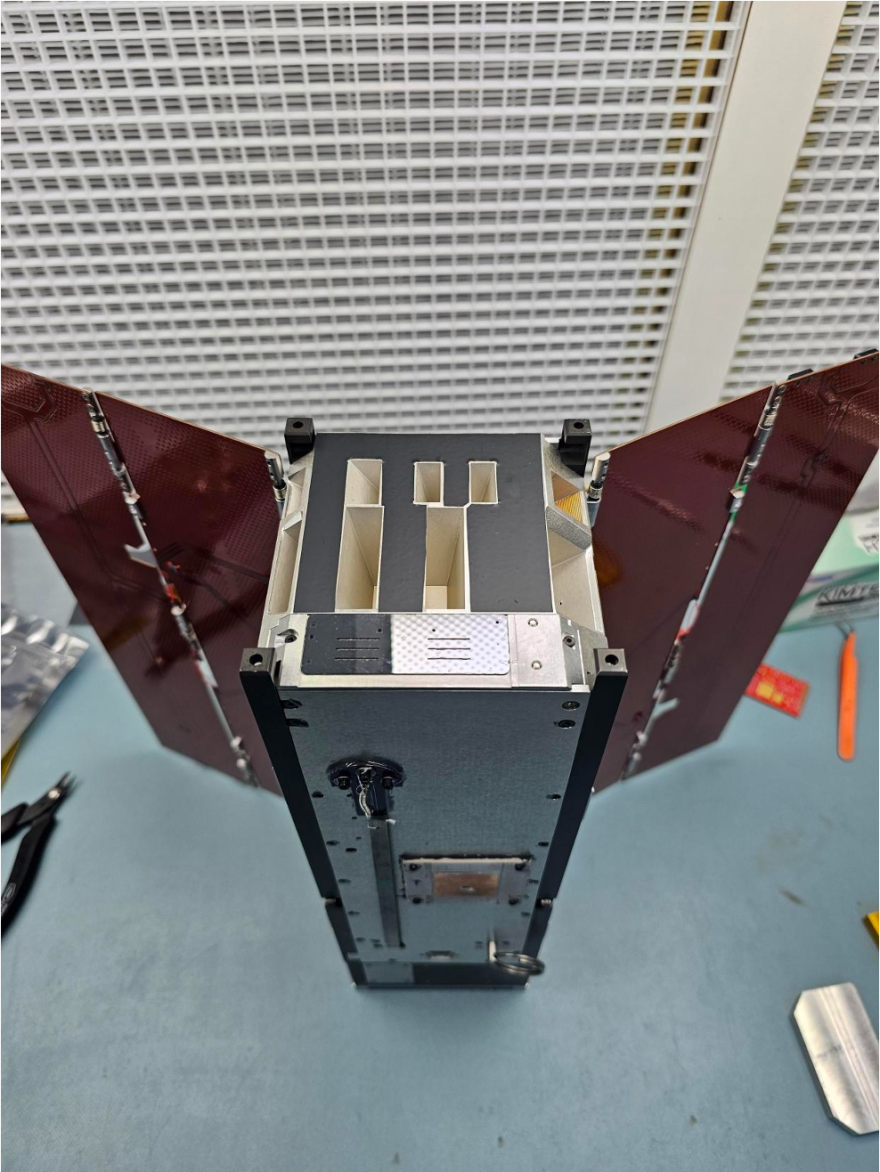A SpaceX rocket launched in California today with projects from Dartmouth scientists onboard as part of a NASA mission to better predict how weather in space impacts life on Earth.
“There’s the equivalent of storms and hurricanes in outer space, and these can damage spacecraft that we depend on — things like GPS and Starlink,” said Jim LaBelle, a physics and astronomy professor at Dartmouth College and a science co-investigator on the NASA mission called TRACERS.
Relying on solar observations to predict space weather is tricky. A big output of energy from the sun doesn’t necessarily impact space weather near Earth that can disrupt satellites, power grids and internet providers. The sun’s interaction with Earth’s magnetic field also plays a significant role, said LaBelle, whose rocket experiments were a predecessor to the TRACERS project.
That interaction is what the NASA mission will study. The rocket launched two identical satellites that will make thousands of observations in short succession to figure out when space weather happens.
“This is a key question in our field right now,” Labelle said.

The rocket that launched today also carried a little satellite about a foot long and less than 10 pounds with a series of compartments on its top. It’s designed to measure particles found in Earth’s magnetic field called killer electrons — highly charged particles that travel close to the speed of light.
“People call them killer electrons, because they can cause damage to satellites in space,” said Robyn Millan, also a physics professor at Dartmouth College who has spent most of her career studying these particles. They are also impacted by space weather.
"When we have big geomagnetic storms, for example, we can see a real huge increase in the number of particles," Millan said.
She’s leading the project that will take rapid measurements of these electrons as they enter Earth’s atmosphere.
Other planets, like Jupiter, experience this same phenomenon.
"This is a little more accessible region of space that we can study all those processes up close and personal,” Millan said.
The satellite will collect data for at least six months.
Then, it will slow down and eventually burn up in the atmosphere, so it won’t leave any space junk behind.







